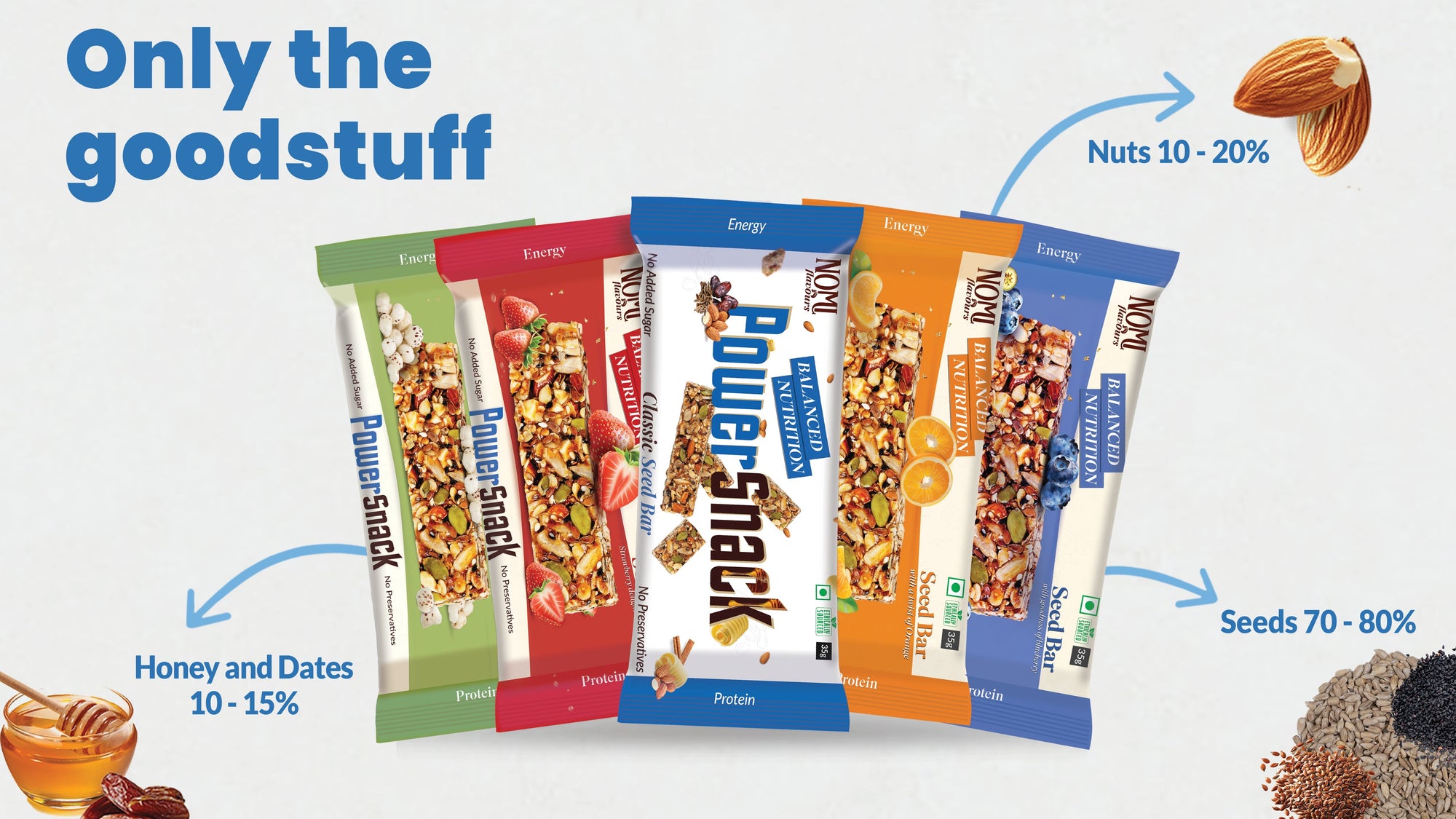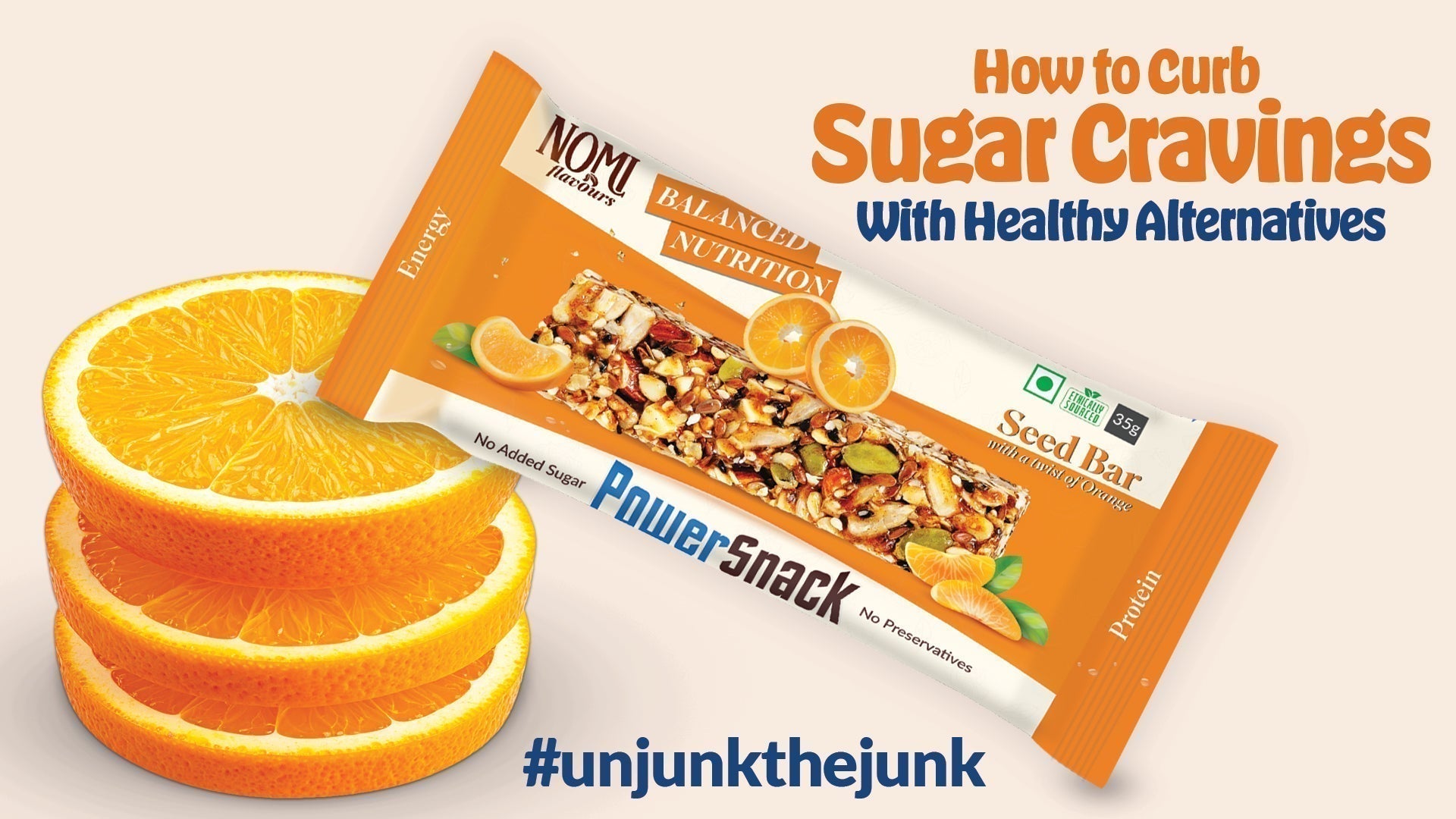Walk into any grocery store or gym and you’ll see shelves lined with protein bars promising to fuel your body, curb hunger, or boost your gains. But with all the marketing hype, it’s natural to wonder: Are protein bars actually healthy?
The short answer? Some are. Some definitely aren’t.
Let’s break it down so you can make the right call.
What Makes a Protein Bar “Healthy”?
A protein bar can be a convenient and nutritious snack — but only if it checks the right boxes. Here’s what a truly healthy protein bar should offer:
1. A Good Amount of Protein
Look for at least 10–20 grams of protein, especially if you're using it post-workout or as a meal replacement. Quality protein helps:
- Build and repair muscles
- Keep you fuller, longer
- Balance blood sugar
Best protein sources:
Whey isolate, pea protein, brown rice protein, egg whites, almonds
2. Balanced Macros
A healthy bar should include:
- Protein: 10–20g
- Fiber: 3–10g
- Healthy fats: 5–10g
- Low added sugar: Under 6g
If it’s all sugar and no protein or fiber, it’s closer to a candy bar than a health food.
3. Real, Recognizable Ingredients
A short list of whole-food ingredients is a good sign. Look for things like:
- Oats, nuts, seeds
- Dates or fruit
- Natural flavors or spices (like cinnamon or cocoa)
4. Low in Added Sugar
Some bars contain more sugar than a donut — no joke. Check for:
- <6g added sugar
- Natural sweeteners like honey, dates, or stevia
- Minimal artificial additives
When Protein Bars Aren’t So Healthy
Not all bars deserve their “healthy” label. Watch out for:
1. Hidden Sugars & Syrups
Words like “brown rice syrup,” “cane sugar,” or “glucose syrup” often appear early on the label.
If sugar is one of the first 3 ingredients, think twice.
2. Artificial Sweeteners & Sugar Alcohols
Low-sugar doesn’t always mean better. Ingredients like maltitol or sorbitol can cause bloating and stomach issues.
3. Long, Chemical Ingredient Lists
If it sounds like a science experiment, it probably won’t do your body any favors.
Avoid: artificial flavors, preservatives, mystery oils, and unrecognizable additives.
4. Imbalanced Nutrition
Some bars are too low in protein and high in carbs and sugar, offering no real satiety or health benefit.
When to Use Protein Bars
Even the healthiest protein bar shouldn’t replace all your meals. But they do serve a purpose when used smartly.
Great for:
- Post-workout recovery
- Busy mornings
- On-the-go snacks
- Midday cravings
- Travel and outdoor activities
Not ideal for:
- Replacing whole meals every day
- Overeating just because it “seems healthy”
Bottom Line: Are Protein Bars Healthy?
Yes - if you choose the right one.
A clean, protein-rich, low-sugar bar made from real ingredients can be a healthy and convenient part of your diet.
But just like any packaged food, the devil is in the details. Always read the label, check the ingredients, and know what your body needs.
Pro Tip: Try This Quick Checklist Before You Buy
✔ At least 10g protein
✔ Less than 6g added sugar
✔ Real, whole-food ingredients
✔ 3–10g fiber
✔ No artificial sweeteners or preservatives



